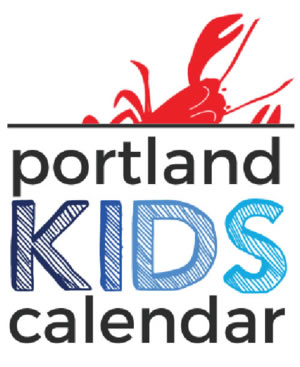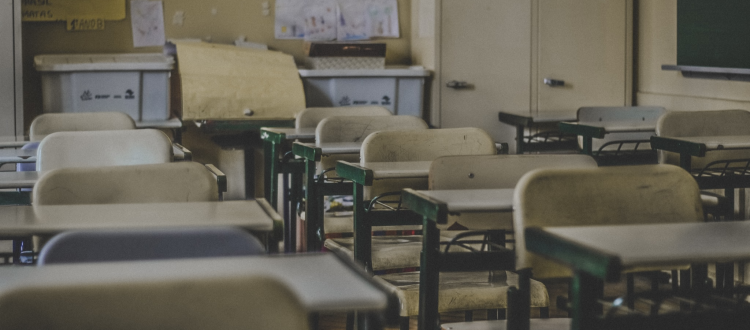Find Yourself Looking at School Closure? What to do and how to say it.
I always picture us huddling up and making a plan together, since we are a team. And these days we need each other even more as we practice social distancing. As I type this, I sit at my dining room table that has somehow transcended into becoming an art center, engineering lab and hair salon all around me…oh wait there are legos on the side as well. It’s amazing how we give up our spaces for pint size people. Try as I may to coral it to the basement playroom, I fail once the art supplies come out. I laugh because this all happened in about a span of 45 minutes on a Saturday. Anyone feel me?
And it’s about to get a bit more intense if your child’s school closes.
Stay with me because I actually have your back. I think this is an opportunity, even if you are inconvenienced. Here is a step by step framework you may find helpful. I have taken these from my experiences as a teacher for over a decade, parenting for over a decade and the great Dr. Laura Markham. You can see her “What to say to your child about the corona virus” here.
1. You Can’t Pour From an Empty Cup:
It’s true. If you know me in real life, you know this is one of my mantras and you may even have seen me do a video about it. In this case, you can’t talk to your children about school closures, viruses, and the like if it triggers you. They take our cues from us. If you are depleted, scared, angry, etc they will sense it immediately and they themselves will not feel safe. Your attitude towards COVID-19 will transfer to your child no matter what words you use. If it triggers you, it means you’re too close to it.
You may also feel depleted and have an empty cup about 3 days into school cancellation. Having a schedule will help you immensely. This should include getting your body some exercise, rest and play. Notice I haven’t talked about helping the kids yet. That’s because we need YOU to be solid in this area. You are doing so much during this time. If you find yourself negative, let’s flip the script and see what an opportunity we have to be present with our families (for those who are home during this time). Having more family time is just what our love muffins need right now to feel safe.
2. Create a schedule:
These first two points are SO crucial to setting you and your family up for success during this time. Kids crave routines. It helps them feel certainty in an uncertain world. Not to mention is helps us temporally move the day. School closure needs to have the distinction that it’s different than a vacation. Some schools may have lag time between closure and the distribution of materials. Here is a sample day schedule that my home will be using as a starting point:
8:00a.m. wake up, get ready for the day (get dressed, breakfast, make bed, etc)
8:45a.m. Active Time- move your body, play, quick snack/water break
9:45a.m. Learning Time- we have links galore to help you if needed
11:00 Creative Project Time- choose a project of some sort. Could be group or individual, inside or outside
12:00 Lunch and clean up
12:30 Reading/Siesta your silent fiesta
1:30- STEAM Time (Science, Technology, Engineering, Art, Math)
2:15- Creative Project Time/ Games
3:00 Active Time
Or you can chunk it out by days depending on what your schedule looks like. Kids are active, let them help you with a house project. Tell us what your schedule looks like in the comments.
3. Where do I find the resources?
We have a Tabbed Section titled “Distance Learning” that will have lots of links that you can click on and use. This is not meant to replace your child’s curriculum. It can be used if your school hasn’t put out their distance learning plan yet, or for something they find interesting. Some teachers may even have Zoom meetings, if we know of any, we will post them. Click here to go to the Distance Learning Resource List.
4. How to talk with kids about this
Though it was many moons ago; as a teacher I always began by asking students what they already knew about a topic. I use this in times of harder conversations as well. Using what they know to begin our conversation, helps us to clear up any misconceptions and hearing them speak reminds us to keep our information geared to their age appropriately. Keeping a neutral tone alongside straightforward language helps their brains process what you are saying. They have big feelings about not being in school, social distancing and you do too. Remember they react not just to your words, but the way you say them. Here are two different scenarios and what I said to my children about them. Side note- I altered a couple of words so you can see how you could adapt it to your situations.
Language Around School Closure
All three of my kids (ages span across all of elementary school) have heard of school closures. They are wondering if they will have one too. Anxiety can run high in situations of uncertainty for anyone. We have to get comfortable with being uncomfortable. I acknowledged their question, “I hear you. You are wondering if you are going to have no school. It feels different than a snow day, doesn’t it? (they nodded but I didn’t pause). It may sound strange, but I know a lot of times you want to know how you can help make a difference in this world. I’ve seen you (insert something proactive, positive, encouraging that they’ve done). This is one of those times. As of now, you have school. If that changes you will be part of helping Maine stay healthier (here my 11 y.o. son interjected his understanding of ‘flattening the curve’ to help keep hospitals from getting overwhelmed). Yes, you are right, and if we have a closure, you will have a regular schedule that we will make together. I remember you wanted to learn more about (insert a subject, topic, project idea, here) and we may get that opportunity. Does this help answer your feeling? What other questions do you have?”
Language Around Elderly/Family Members
Sometimes we think we have to make everything right. We can’t. But we also can’t make it a doomesday scenario. Some families have members they won’t be able to see in person. This feels scary. Here is how I walked my 7 year old through a rough patch. She knows she herself is likely to survive. But what about their other relatives? Acknowledge their fears. Using language such as “I hear you. You’re concerned about what happens if Grammy gets this virus. She’s so loved by you. I know that Grammy is taking of herself by doing (insert what you know). It’s hard that we can’t see her right now, isn’t it? I bet we can set up a phone call or face time chat with her. You can show/tell her all about (something child is doing). I bet you’ll make her day. Does that answer your question?/Do you have any other questions? ” They will absolutely tell you if its not resolved. This method is one of many as it acknowledges the fear, normalizes it and moves the child in a direction where they feel proactive instead of helpless.
Have questions, want to share a cool resource? Tell us below and we will check it out. We are here for you. Be well.






This is great info, thank you!
Thank you! We want to ease children’s big feelings around this and respect where they are coming from. So glad you liked it.